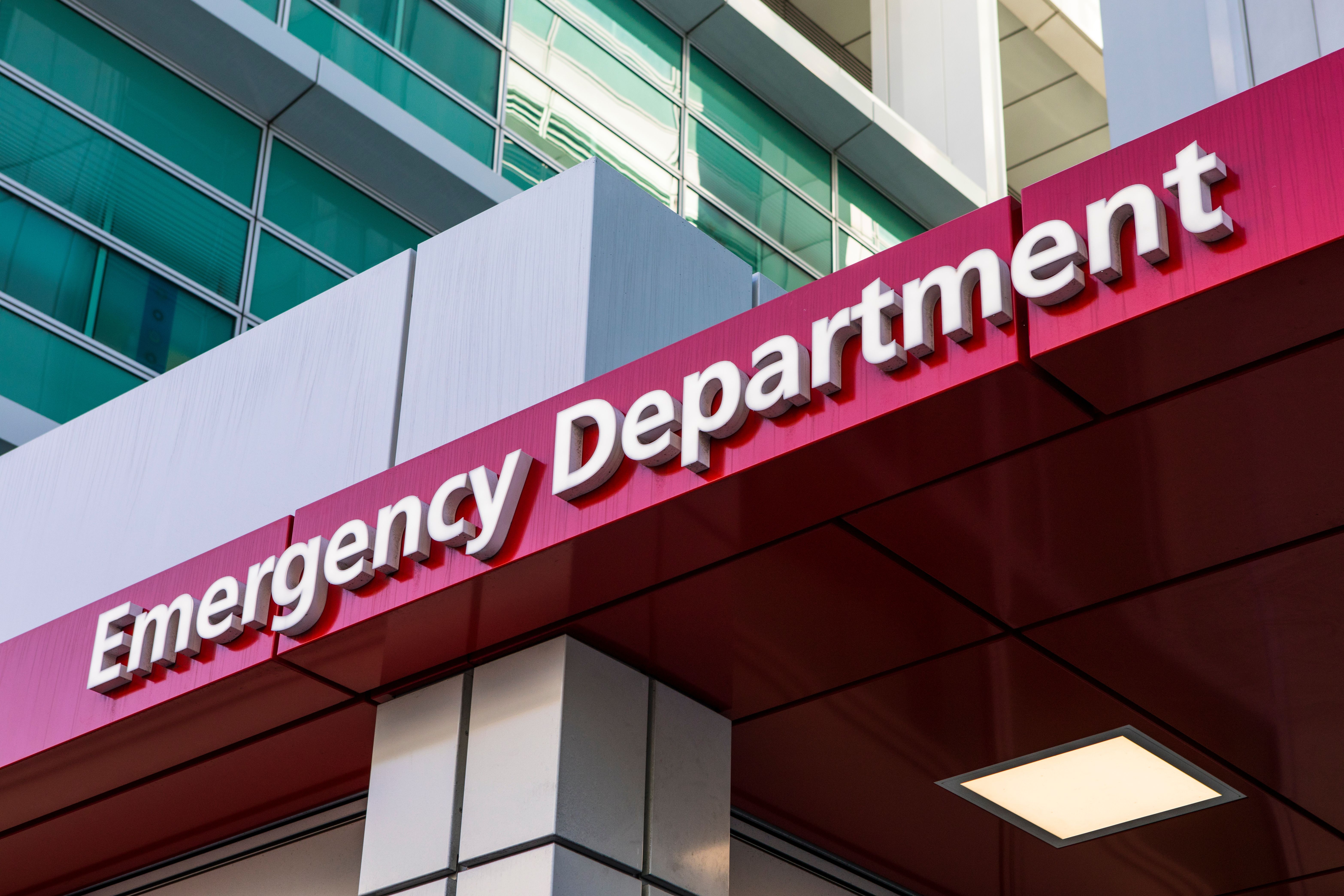News
Article
HARMONi-2 Results Could Disrupt the Harmonious NSCLC Treatment Landscape
Author(s):
The therapeutic landscape for non–small cell lung cancer (NSCLC) has been relatively stable since the 2016 approval of pembrolizumab, but results presented at the 2024 World Conference on Lung Cancer could shake up that status quo.
Ivonescimab showed a striking progression-free survival (PFS) advantage over pembrolizumab, according to findings presented in a presidential symposium at the 2024 World Conference on Lung Cancer, held September 7 to 10 in San Diego, California. If confirmed, these results could change the yearslong therapeutic harmony that’s reigned in the first-line non–small cell lung cancer (NSCLC) treatment space.
Presented by Caicun Zhou, PhD, MD, of Shanghai Pulmonary Hospital, Tongji University School of Medicine, in Shanghai, China, the HARMONi-2 phase 3 trial examined ivonescimab, a novel bispecific antibody targeting PD-1 and VEGF.1 Ivonescimab was compared against pembrolizumab (Keytruda) in the randomized trial among patients with stage IIIB to IV advanced NSCLC. All patients had no prior systemic therapy, had no EGFR mutations or ALK rearrangements, and had a PD-L1 tumor score of at least 1%. Every 3 weeks, participants received either 20 mg/kg ivonescimab or 200 mg pembrolizumab, and treatment continued for 24 months or until unacceptable toxicity. The primary end point of HARMONi-2 was PFS as evaluated by an independent reviewer using RECIST 1.1 criteria.
Ivonescimab was compared against pembrolizumab (Keytruda) in the randomized trial among patients with stage IIIB to IV advanced NSCLC. | Image Credit: © appledesign - stock.adobe.com

The PFS curve showed a 5.3-month improvement in median PFS in the ivonescimab arm (11.14 months vs 5.82 for pembrolizumab), with an HR of 0.51 (P < .0001), spurring applause from the audience. The PFS benefits were consistent across subgroups, including PD-L1 levels from 1% to 49% and 50% or higher, as well as both squamous and nonsquamous NSCLC. Overall response rate and disease control rate were also higher for ivonescimab; overall survival data were not yet mature. Zhou also noted ivonescimab’s manageable safety profile, including similar immune-related adverse events to pembrolizumab.
“This is the first randomized phase 3 trial to demonstrate clinically significant improvement in efficacy with a novel drug compared to pembrolizumab in advanced NSCLC,” Zhou said.
Taking the stage to contextualize these data, John Heymach, MD, PhD, of MD Anderson Cancer Center, wondered if these findings could disrupt the harmony of the current treatment landscape. Pembrolizumab was first approved in the setting in 2016,2 and the treatment options have remained relatively stable over the years, with 3 PD-L1 inhibitors approved as monotherapy and 6 regimens approved in the space. Heymach asked: do we need another?
He assessed the strengths of the HARMONi-2 study, including its design, independent blinded review, and statistical underpinnings. Some limitations could include that all participants came from China and that pembrolizumab monotherapy may not be the most relevant comparator arm given the approved combination regimens available. He then walked through some explanations that could account for the “striking” PFS results seen with ivonescimab.
First, did pembrolizumab randomly underperform? “Even our stars will have an off day,” Heymach said, lamenting New York Yankees star Aaron Judge’s current stretch of 11 games without a home run. But the performance in the pembrolizumab arm of HARMONi-2 was consistent with prior studies. It also didn’t appear that the benefit was driven by any particular subgroup, and the benefits of ivonescimab did not seem to come at the cost of significant toxicities.
Instead, Heymach suggested that the benefit could stem from how VEGF blockade enhances the efficacy of PD-L1 inhibition in a way that’s greater than the sum of VEGF and PD-1 inhibitors on their own.
He cautioned that we must wait for overall survival results and employ a study design with a different comparator arm, but “if these benefits are confirmed, it is possible that the therapeutic harmony we’ve had in this first-line space may finally come to an end, and I think that’s a disharmony we all should be rooting for.”
References
1. Zhou C, Chen J, Wu L, et al. Phase 3 study of ivonescimab (AK112) vs. pembrolizumab as first-line treatment for PD-L1-positive advanced NSCLC: primary analysis of HARMONi-2. Presented at: 2024 World Conference on Lung Cancer; September 8, 2024; San Diego, CA. Accessed September 8, 2024. https://cattendee.abstractsonline.com/meeting/20598/Session/77
2. Pembrolizumab is FDA-approved as first-line for PD-L1–positive NSCLC. AJMC®. October 25, 2016. Accessed September 8, 2024. https://www.ajmc.com/view/pembrolizumab-is-fda-approved-as-first-line-for-pd-l1-positive-nsclc
Newsletter
Stay ahead of policy, cost, and value—subscribe to AJMC for expert insights at the intersection of clinical care and health economics.

PROs Affirm Zongertinib’s Combination of Strong Response Rates With Low Toxicity



